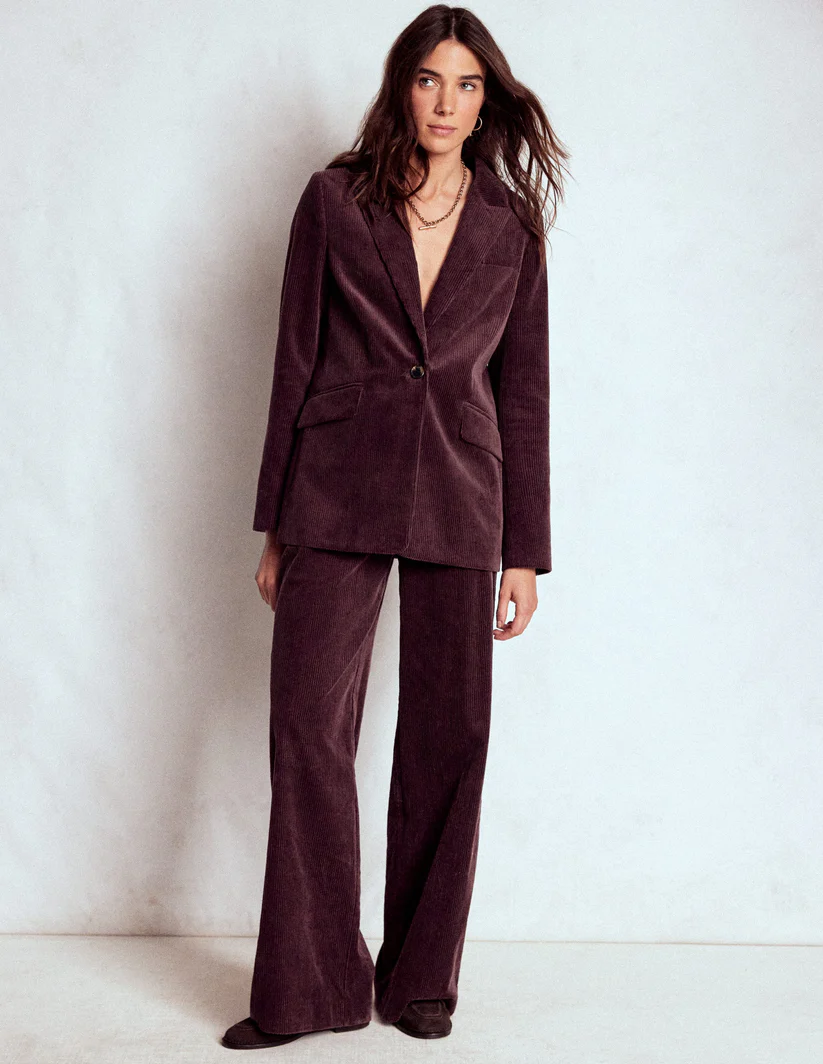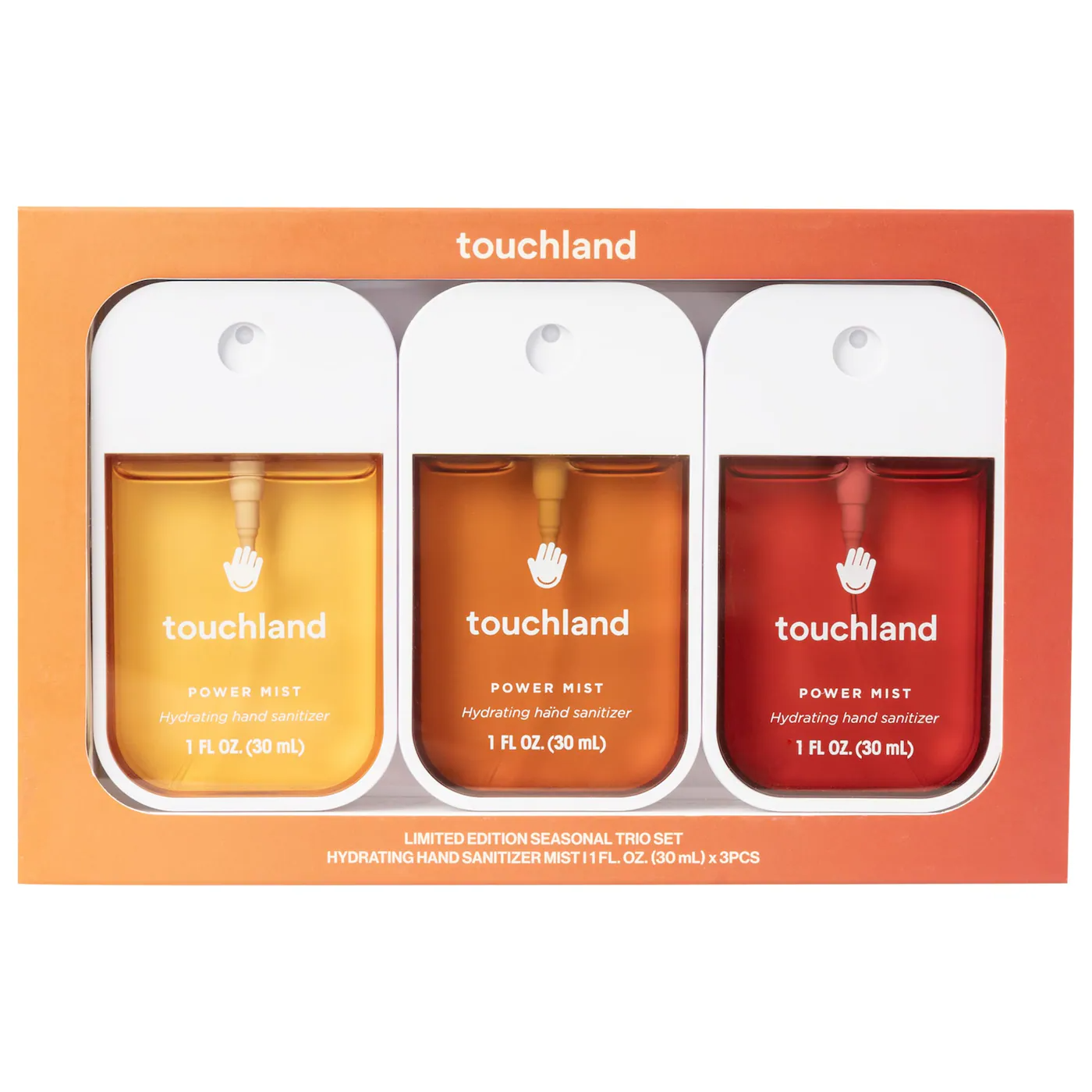
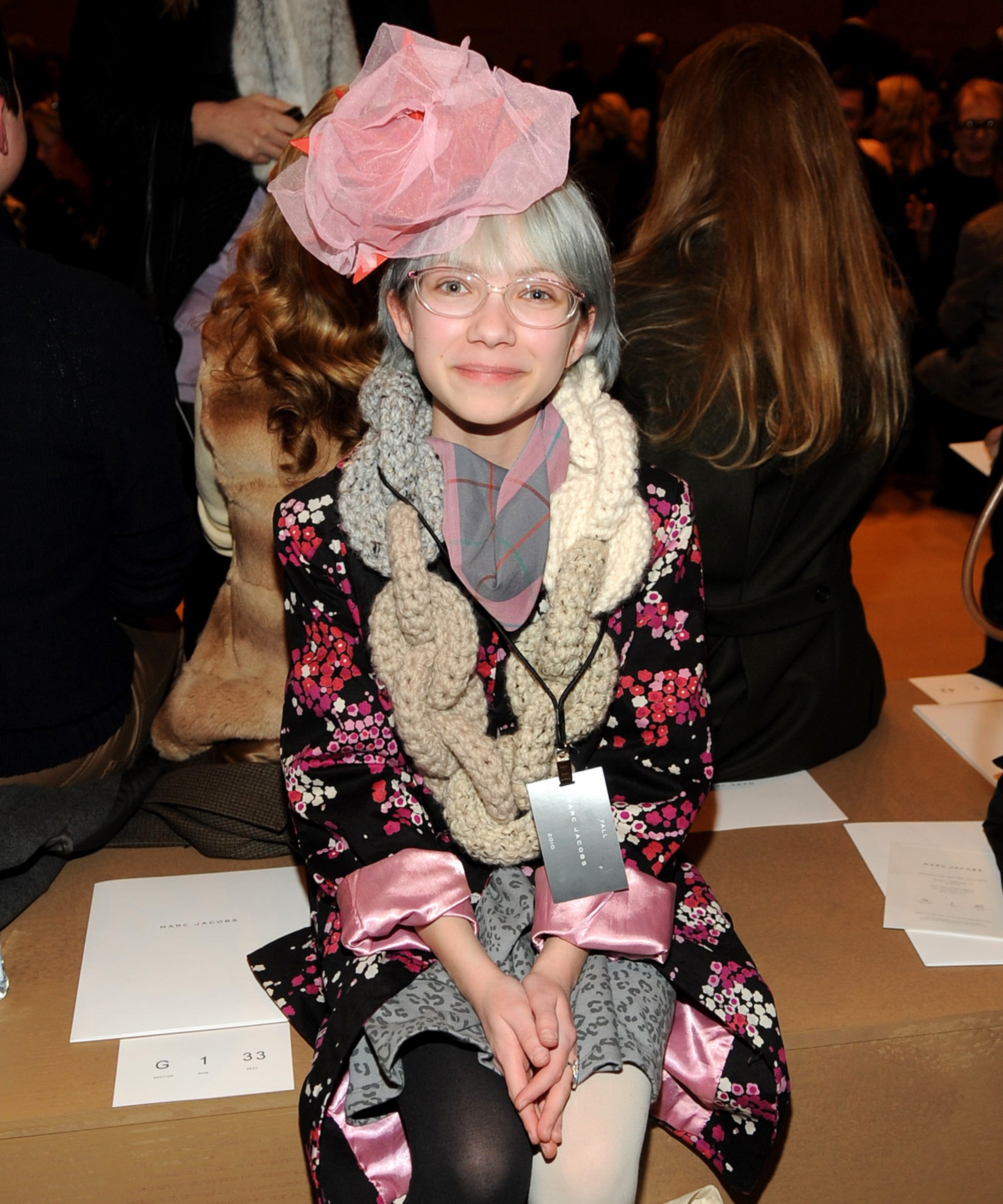
If you were online in the early 2010s, you probably remember the emergence of several digital fashion subcultures. Tumblr kids in fishnet tights and scuffed Dr. Martens established their scuzzy, soft grunge aesthetic. Meanwhile, fashion bloggers with Lookbook.nu accounts posted ‘fit pics in skinny jeans, camel coats and heeled ankle boots. Elsewhere, in the blogosphere, teenagers rummaged in their closets to try and recreate avant-garde runway looks or scoured thrift stores for original 1960s shift dresses to pair with clashing knee-highs.
The latter’s mismatched, vintage aesthetic is now experiencing a revival courtesy of it-girls like Bella Hadid, Iris Law and Emma Chamberlain who, lately, have been experimenting with mixed textures, colorful patterns and kitschy accessories that wouldn’t look out of place on a late-00s style blog like Susie Lau’s Style Bubble or Tavi Gevinson’s Style Rookie. Back then, these bloggers and their contemporaries cultivated an anti-minimalist “cluttercore” fashion aesthetic characterized by rainbow hues, mismatched textures and a studied interest in vintage style. Celebrities like Elle Fanning, Florence Welch and Alexa Chung were also known for dressing in this chaotic, twee-adjacent style at the time, while established fashion faces like Iris Apfel and Anna Dello Russo were often credited as formative influences.
At the same time, popular blogging platform Blogger counted more than 2 million blogs related to fashion on their platform alone. Among these were diary-like personal style blogs that mixed backyard self-timer outfit portraits with fashion commentary, life updates, vintage mood boards, scans of scrapbooks, and film stills. The outfits themselves were experimental, involving lots of layering and a mixing of different vintage eras.
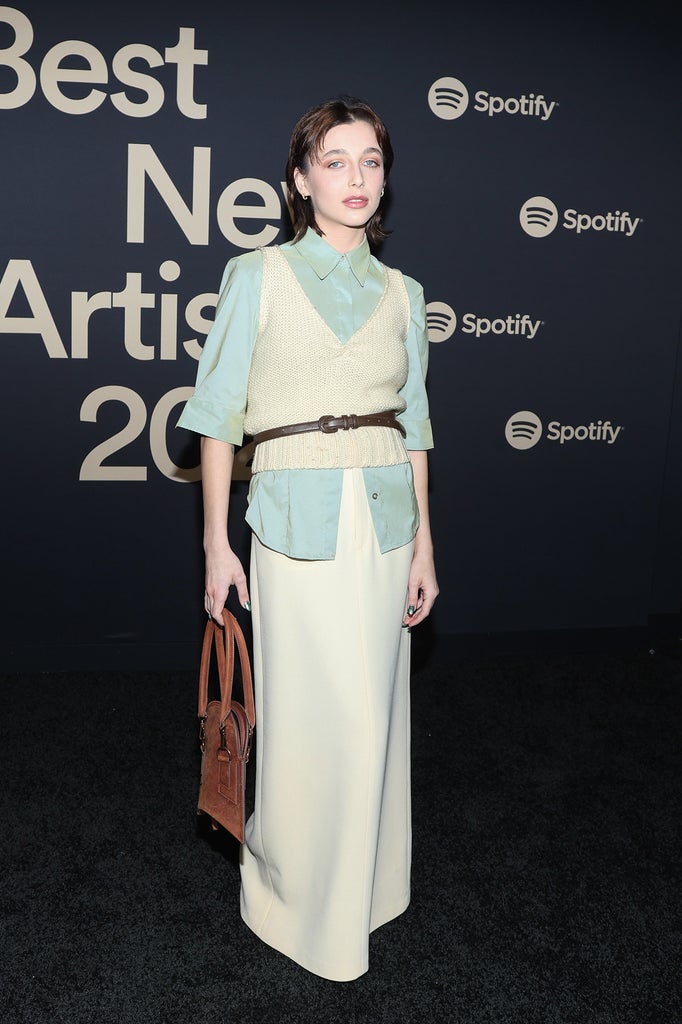
Fast-forward to now. In February of this year, Chamberlain channeled a familiar aesthetic at Spotify’s Best New Artist party, wearing a cropped cream sweater vest layered over a pale green silk shirt and cream maxi. The neutral color palette and loose-fitting outfit divided opinion, with some saying it made her look like “a grandmother.” However, similar comments were often directed at teen blogger Gevinson, of Style Rookie, who went as far as dyeing her hair gray in 2010 at the peak of her blog’s fame. In 2011, the then-15-year-old wrote on her blog, “Challenge beauty standards! Screw convention! Look like a grandmother on ecstasy at Fashion Week!” There was an element of anti-fashion to the look which defied style codes often dictated by traditional media at the time that certain colors and patterns must never mix or that young women should dress for the male gaze.
Gevinson, who is better known today for playing Kate Miller in the Gossip Girl reboot, was the blueprint for many of the personal style blogs launched by young people in the first half of the 2010s. Her blog swelled with a distinctive aesthetic, delineated by the radical DIY of ‘90s riot grrrl, the hazy girlhood of Sofia Coppola films and backyard outfit photos in tulle skirts and granny sweaters. Some of the clothes she wore on her blog were even costumes she’d played dress-up with as a child. Others came from her local Salvation Army.
In a TikTok, trend forecaster Mandy Lee said that Gevinson “made a lot of girls question why they seek permission for dressing how they want to,” adding that, “she discusse[d]fashion as a truly joyful self-expression despite being criticized by largely grown-ups.”
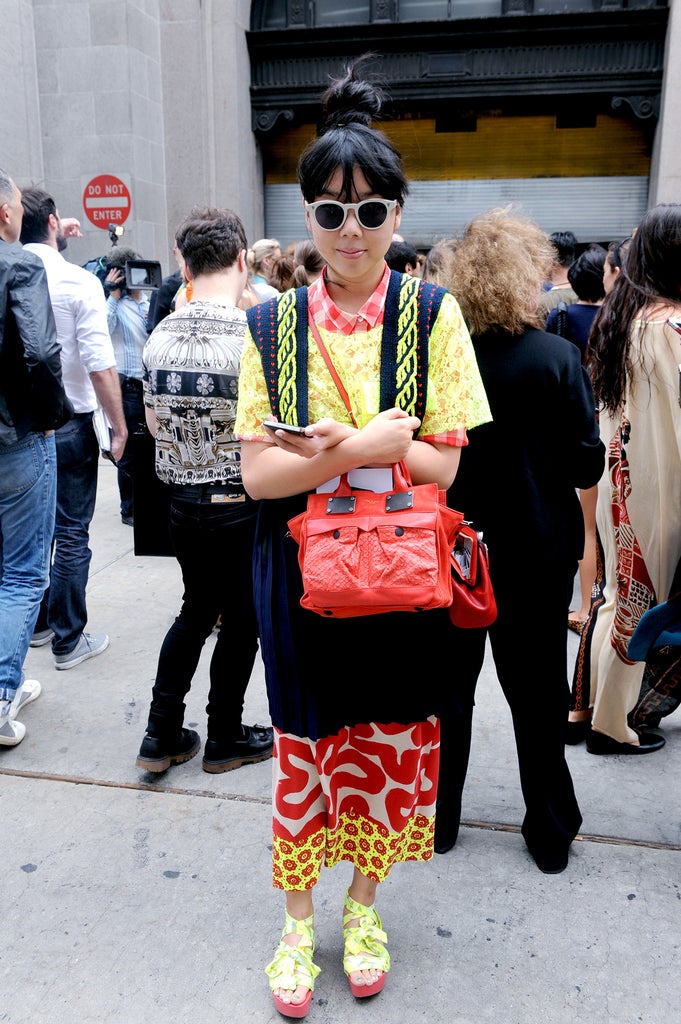
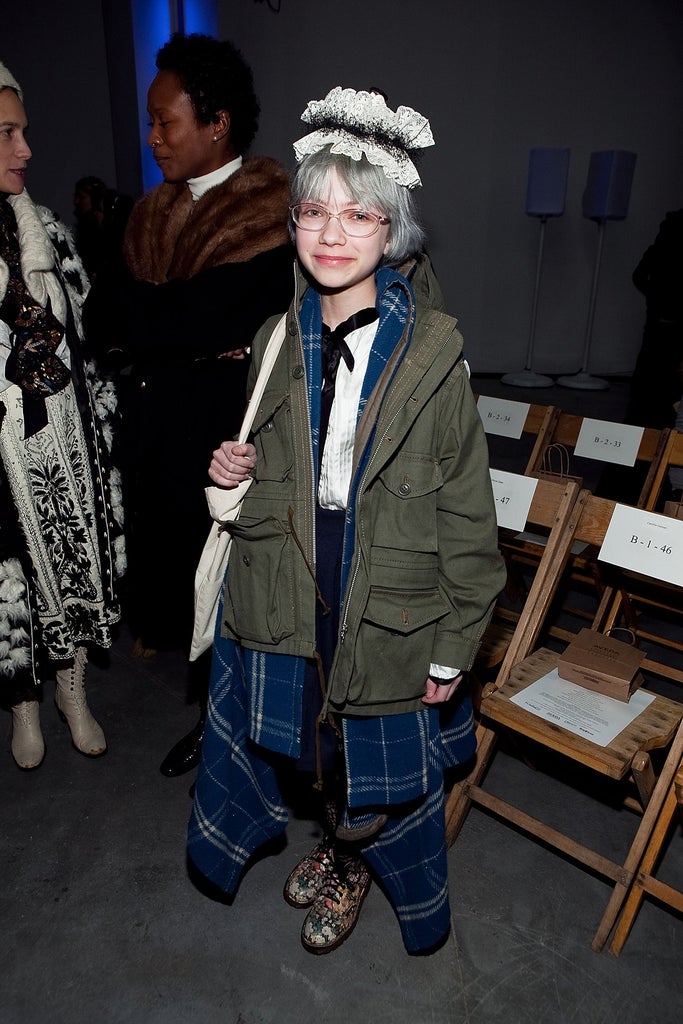
Eerie, 25, a fashion designer and zine editor from London, had a personal style blog from 2013 to 2018. They describe their style at the time as an expressive hodgepodge of eras and aesthetics. “I particularly liked ‘40s, ‘60s and ‘70s style mixed in with ‘90s grunge and ‘80s pops of color and acid wash for quite a lot of my blogging days,” they say. “Each successful look inspired more efforts to experiment, to go further, to try more out-there things. And largely being documented at home, a lot of experimentation was possible without anything such as practicality getting in the way.”
The peak of fashion blogging coincided with the rise of thrifting which is perhaps why so many bloggers adopted such a mismatched vintage aesthetic. Depop launched in 2011 and vintage shopping became increasingly popular in imitation of the decade’s it-girls like Chung and Irina Lazareanu.
TikTok encourages a similar amalgamation of vintage eras today as revivals coexist, overlap and feed into each other. Indeed, the style blogger fashion revival itself is perhaps yet another iteration of the ‘true-thousands’ trend, the next step on from ubiquitous Y2K fashions and instead a closer reflection of how people really dressed in the late aughts. For those in their mid-late twenties, it’s a return to the media, culture and aesthetics of their adolescence so, much like the Tumblr revival, it’s also driven by sped-up nostalgia.
The proliferation of different trends and aesthetics popularized by TikTok and existing at the same time provides a rich sartorial landscape for young people to experiment with. Like Tumblr’s and Blogger’s fashion communities 10 years ago, TikTok is providing a platform for teenagers to play around with style and have thoughtful discussions about clothes. Get ready with me videos and trend analyses can sometimes cultivate the same intimate feeling as personal style blogs.
After all, the cluttercore and weird girl aesthetics that have flourished on TikTok thanks to the likes of Hadid and Law have much in common with the messy, clashing styles that distinguished 2010s fashion blogs. It feels like the logical endpoint to ‘trendcore’ because, rather than following one trend, style blogging was often about mixing everything together at the same time. This amalgamation of aesthetics blurs the lines of any preconceived fashion guidelines. While the style blogger may be an aesthetic in its own right, it’s also a call to explore personal style beyond the trends fed to us by the algorithm.
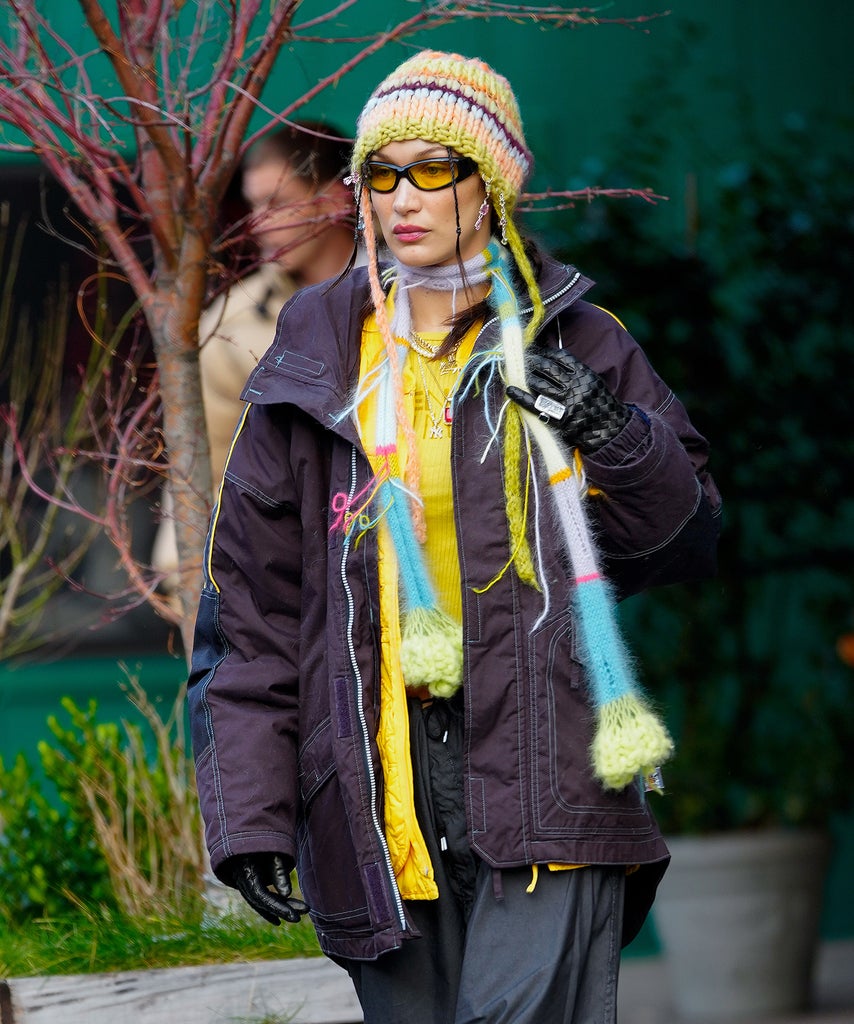
There’s a growing nostalgia for the perceived authenticity of fashion blogging. Most of these style bloggers were independent and didn’t plan their content or outfits based on either pleasing algorithms or pleasing other people IRL. The disruptive movement inspired legions of teens around the world to dress up in outfits people at school thought were ‘weird’, start thrifting just before it was popular and have fun with fashion outside of what was considered trendy.
The aesthetic makes a convincing case for finding joy in fashion and experimenting with personal style rather than chasing every new ‘core’ that comes along. It encourages real excitement about getting creative with the clothes you already have in your wardrobe and therein lies the thrill of it.
Blogging encouraged exploration and pulling from fashion and cultural history to create an outfit, applying the same creative thought process that might go into other art forms. The inspiration, often explored in accompanying long-form text, mood board or film stills, was just as important as the finished look.
As the meeting point between Tumblr fashion and the weird girl aesthetic, it’s not hard to see why there’s nostalgia for this subculture of digital fashion history. In a time when trends come and go faster than ever, experimenting with personal style and pushing fashion boundaries can be a thrilling antidote to trend fatigue. Whether you engaged with it at the time or not, consider this a call to dress creatively and connect with your inner teen. Or… grandma.
Like what you see? How about some more R29 goodness, right here?


